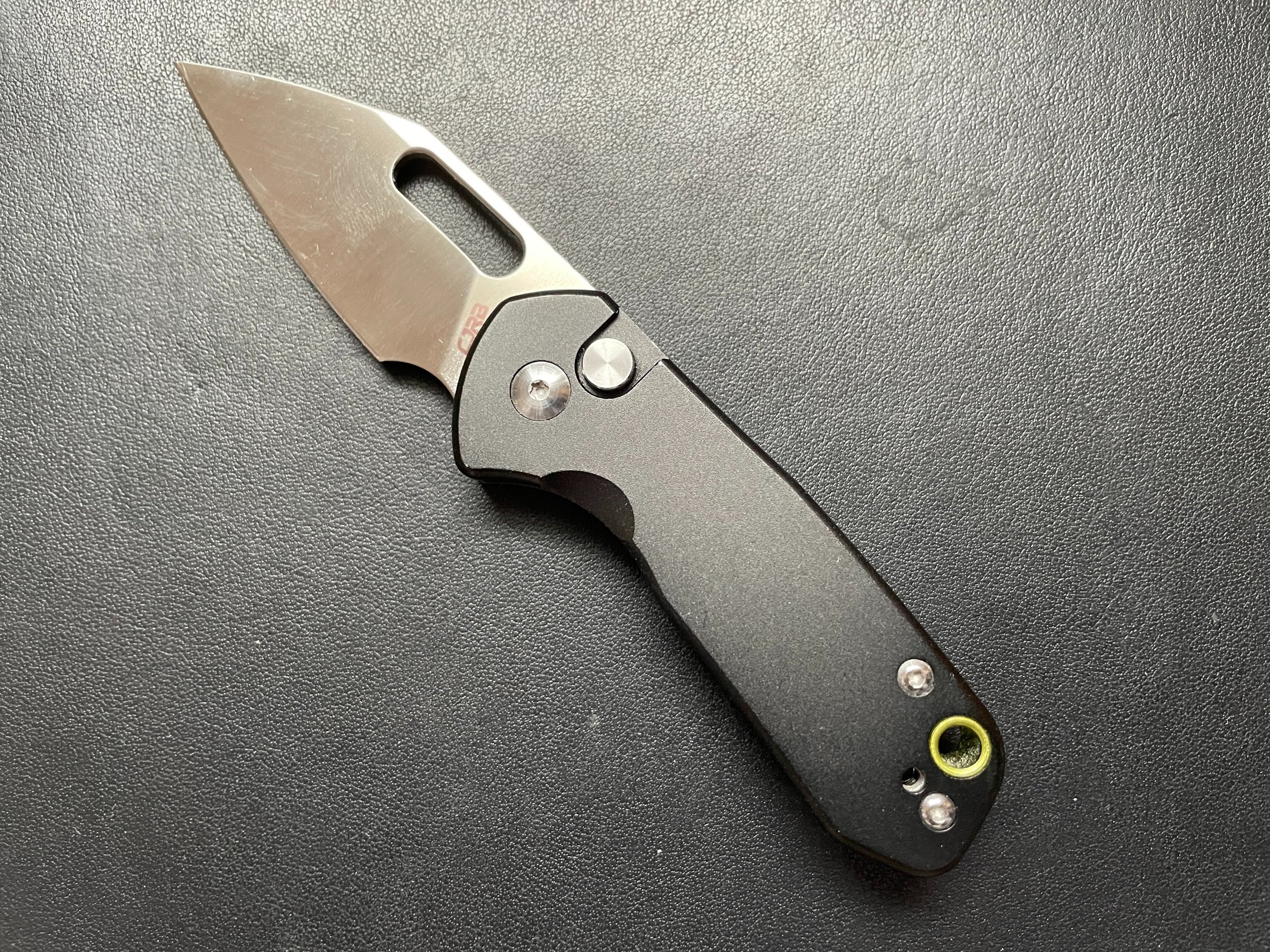Trust and Steel Designations
Nothing in the knife market is taken more as an article of faith than steel designations. Those little laser marked numbers and letters mean so much to knife buyers that they will buy the exact same knife with different laser marked designations, sometimes for lots more money. But for the vast majority of people, there is no way to verify if these designations are correct. It is even harder then to ferret out if the designation means what it says. Other than one person in the community, no one has the technical knowledge, machine proficiency, and independent platform to determine if a steel designation means what it says. Fortunately, we have Larrin, or as marketing people say with a palpable amount of fear in their voice, “Dr. Larrin Thomas.”
While not as old nor as ostentatious in his glasses choices, Larrin is a beloved figure in the Internet Knife Community in much the same way that baseball loved Harry Carey. He gave us Knife Steel Nerds, required reading in my opinion. He has authored two amazing books on steel. And recently, he pulled back the curtain on a controversial steel, Artisan’s AR RPM9 steel. Here is the article, in case you missed it. Larrin’s point is that this name is highly misleading because “PM” in steel designations has a well-known and standardized meaning: powder metallurgy. As it turns out, AR RPM9 is not a powder steel, but basically a spray form version of 9Cr. Artisan and CJRB have made quite a bit of marketing hay claiming that they had a “budget” powder steel. I have referred to it as such on this blog. But as Larrin demonstrated, it is not powder steel.
Artisan’s response was, simply put, pitch perfect—a full mea culpa. The concede every one of Larrin’s points and vow to do better. The problem, as they write, is that they had overeager marketing folks that either didn’t know the difference between powder metallurgy and spray form steel or did and thought no one else would (hence the fear in their voices when the say “Dr. Larrin Thomas”). Artisan admitted the mistake and vowed to do better, which is exactly what you should do when you make a mistake. I am bit concerned about how they go to the point of making the mistake (Rule 1 of Commercial Metallurgy: Don’t let marketing people create your steel designation), but that is a different issue. My hope is that AR-RPM9 will receive a new, more accurate designation.
But here is the real thing—the steel, despite its wildly misleading designation—is still pretty good for the price. We have had spray form steels before and they received well-warranted acclaim, such as the recently used (by Spyderco) PSF27, which is a member of the D2 family of steels. 9CR isn’t a terrible steel, something roughly equivalent to 440C, according to Larrin. The spray form process does make the steel a bit better, again according to Larrin. As a result, its not a bad steel, just not the kind of steel Artisan said it was. This also brings up something I have made into a mantra—when it comes to knife steels geometry (blade grind) trumps chemistry (steel recipe) and physics (heat treat). And the AR-RPM9 knives that I have reviewed all had very good, very thin grinds.
Still, this is yet another piece of evidence in the “steel designations are an article of faith” argument. Other than Larrin, the vast majority of us just don’t know. We assume they are accurate, but there is no real way to tell. And for me this leads me to my current thought on steels—if the grind is thin and the steel isn’t terrible, don’t worry too much about it. Sure, I’d like Magnacut everything, but I am really unlikely to be able to tell the difference in performance (based on use not laser markings) between Magnacut and S45VN. Our steels are so good now that, pretty much everything is good enough.
Thank God for Larrin and kudos to Artisan owning up to the mistake. And NEVER, EVER let a marketing person create your steel designation. Otherwise you might end up with TBSEMPPTUAOU 3000 (The Best Steel Ever Made and Physically Possible in This Universe or Any Other Universe 3000) when, in fact, the steel is a chemical tweak of 8Cr.

